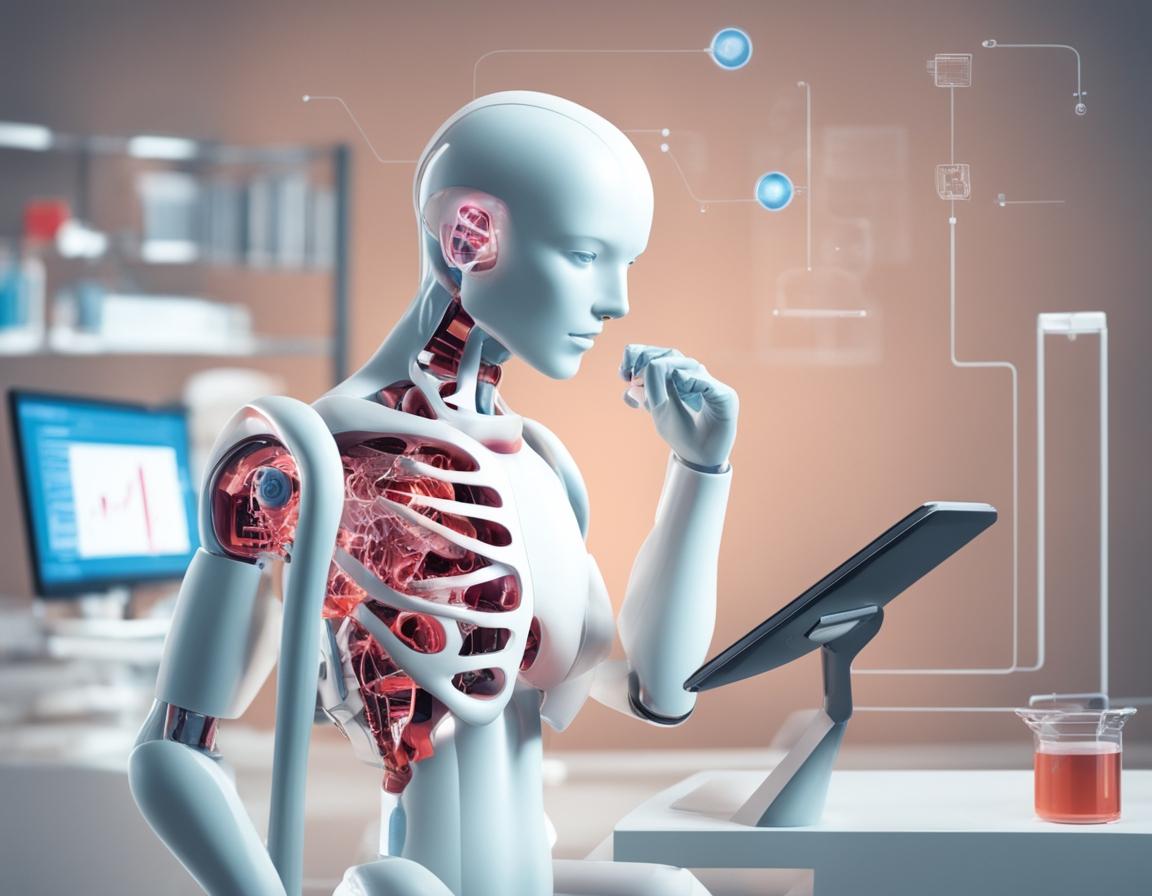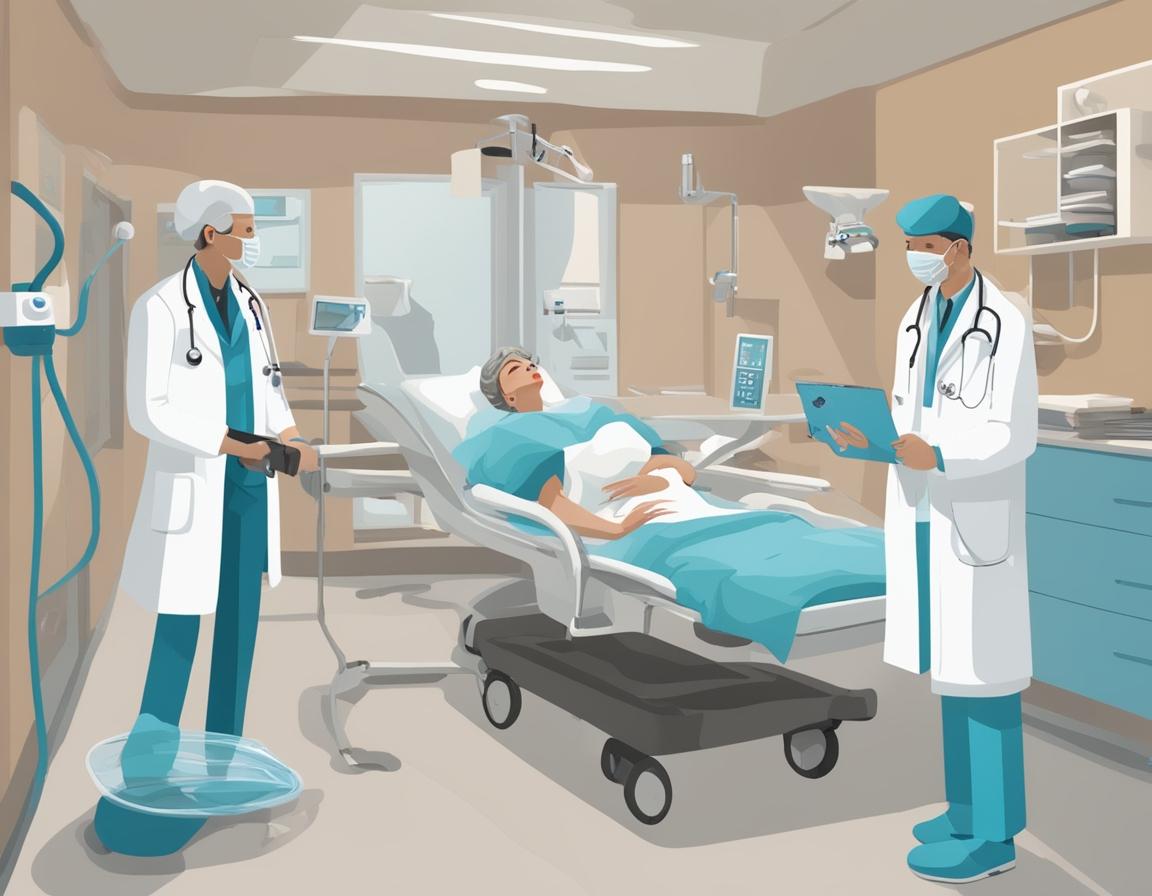
AI in Medical Imaging: Faster, Smarter, More Accurate Diagnoses
Medical imaging is the backbone of modern diagnostics, providing critical insights into a wide array of diseases and conditions. In recent years, artificial intelligence (AI) has revolutionized this field, enhancing image interpretation beyond the capabilities of human radiologists. In 2025, AI-integrated medical imaging has become faster, smarter, and more accurate, transforming patient care worldwide.
This blog explores the cutting-edge AI technologies reshaping medical imaging, their benefits, common applications, and future directions.
How AI Enhances Medical Imaging
AI uses machine learning, especially deep learning algorithms, to analyze imaging data such as X-rays, CT scans, MRIs, and ultrasounds. These systems “learn” from vast datasets annotated by expert radiologists to recognize subtle patterns indicative of disease.
Key Enhancements Include:
-
Speed: AI drastically reduces the time needed to read and interpret images, facilitating rapid diagnosis and treatment initiation.
-
Accuracy: Algorithms detect abnormalities with high sensitivity and specificity, sometimes surpassing human performance.
-
Consistency: AI provides standardized interpretations, minimizing inter-reader variability.
-
Quantification: Automated measurement of tumor sizes, lesion volumes, and organ volumes enables precise monitoring.
Major Applications of AI in Medical Imaging
1. Oncology
AI detects lung nodules, breast lesions, brain tumors, and other malignancies at earlier stages, enabling earlier treatment. Tools assist in differentiating benign from malignant findings and predicting prognosis.
2. Cardiology
Automatic detection of coronary artery disease, cardiac function assessment via echocardiography, and identification of arrhythmias on imaging are enhanced by AI diagnostic models.
3. Neurology
AI identifies stroke, multiple sclerosis plaques, and neurodegenerative disease markers quickly and reliably on MRI and CT, crucial for urgent interventions.
4. Orthopedics
Bone fractures, joint degeneration, and osteoporosis evaluation benefit from automated AI tools that quantify damage and assist surgical planning.
5. Screening Programs
Mass screening for tuberculosis, diabetic retinopathy, and breast cancer leverages AI for rapid, large-scale image analysis, improving detection rates in underserved areas.
Benefits for Patients and Providers
-
Faster Diagnoses: Critical in emergencies like stroke and trauma.
-
Improved Outcomes: Early and accurate detection leads to better treatment.
-
Reduced Costs: Streamlined workflows and fewer unnecessary tests reduce healthcare spending.
-
Expanded Access: AI-powered teleradiology enables expert-level analysis in remote or underserved regions.
-
Clinician Support: AI does not replace radiologists but augments their capabilities, reducing fatigue and error.
Challenges and Considerations
-
Data Privacy and Security: Handling patient imaging data requires stringent safeguards.
-
Algorithm Bias and Validation: Ensuring AI models generalize across diverse populations is critical.
-
Regulatory Oversight: Clear policies needed on AI’s role in clinical decision-making.
-
Integration: Seamless incorporation of AI tools into existing hospital systems is ongoing.
-
Human Oversight: Radiologist review remains essential for final interpretation and patient care.
Future Trends in AI Medical Imaging
-
Explainable AI: Greater transparency on AI decisions to build clinician trust.
-
Multimodal Fusion: Combining imaging with genomics and clinical data for holistic diagnostics.
-
Real-Time Imaging Assistants: AI-guided image acquisition optimizing scan quality.
-
Continuous Learning Systems: Improving algorithms with ongoing clinical data.
-
Personalized Imaging Protocols: AI tailors imaging techniques to individual patient needs.
Conclusion
Artificial intelligence is revolutionizing medical imaging in 2025, making diagnoses faster, more accurate, and accessible than ever before. By augmenting clinician expertise with powerful algorithmic analysis, AI is driving improved patient outcomes and transforming the future of healthcare diagnostics.
Staying informed about these technological advancements helps patients and providers embrace AI responsibly, ensuring safe, effective, and equitable care in the years to come.










